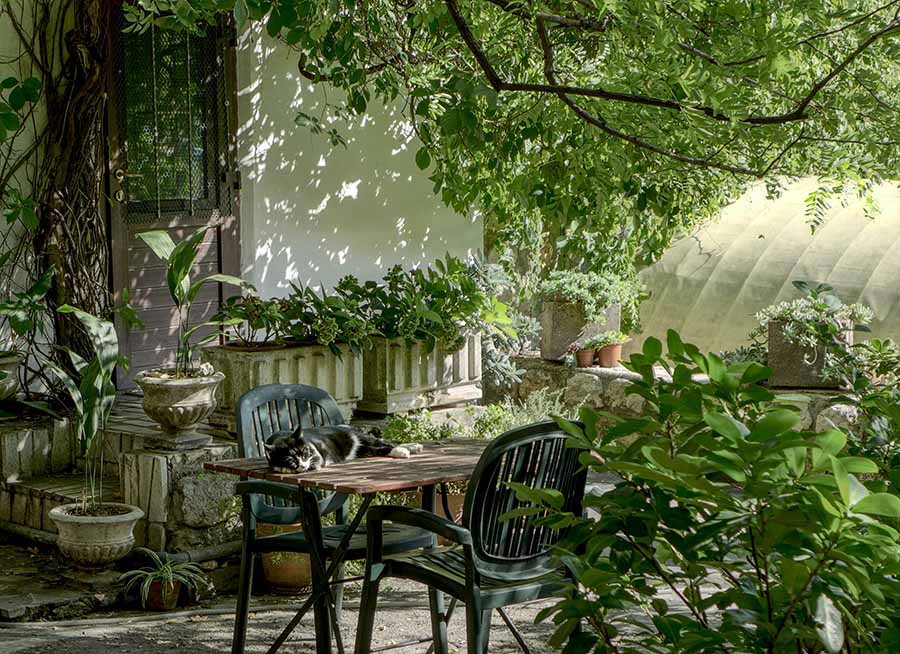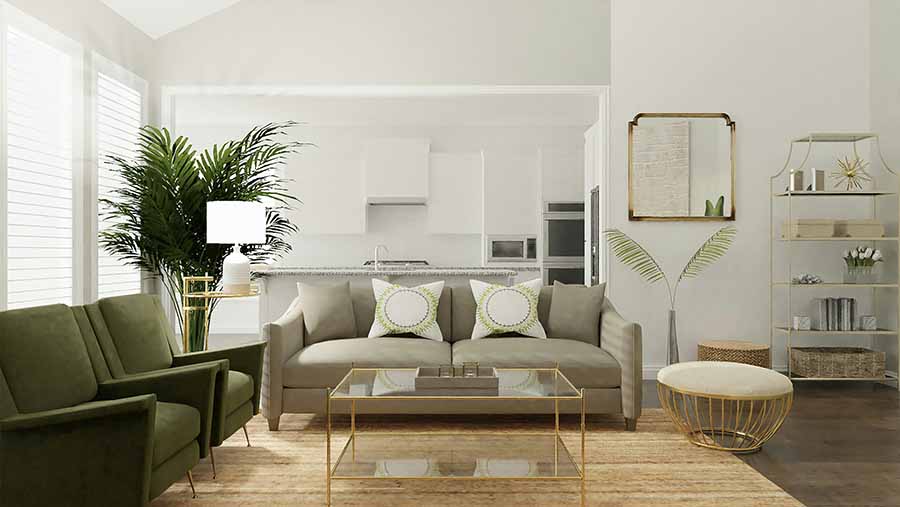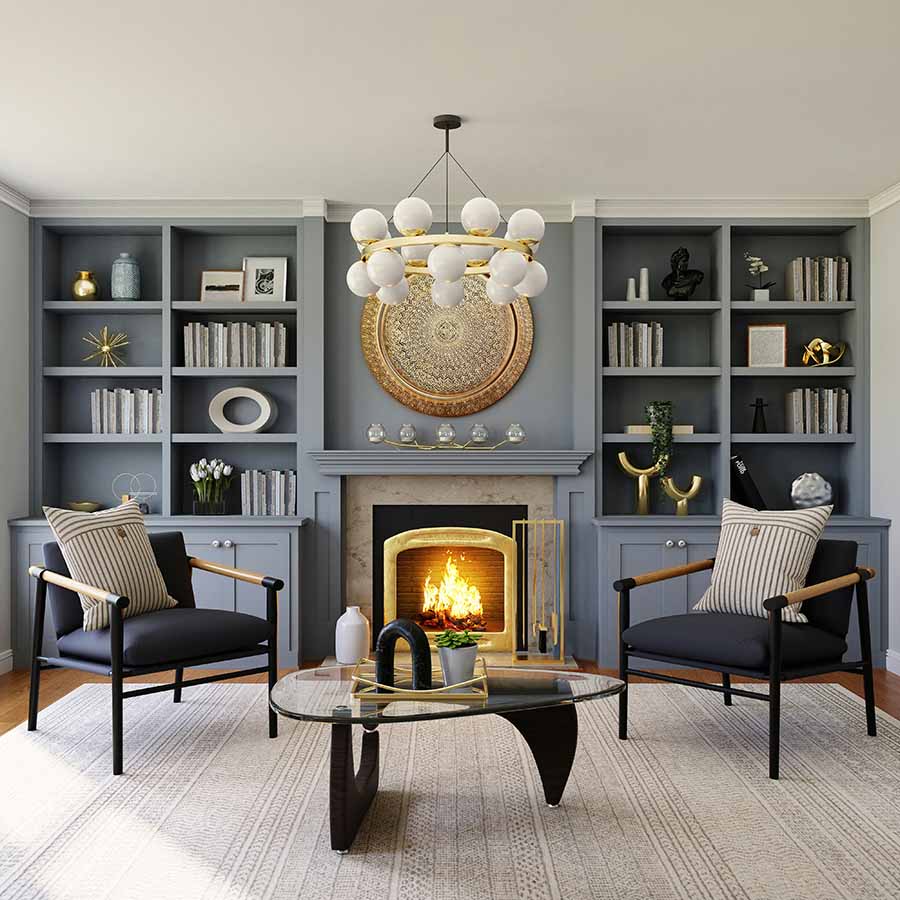Interior design can completely transform your home, making it more functional, comfortable, and visually appealing. However, even well-intentioned homeowners can make design mistakes that end up costing them significant time, effort, and money. Here are five common interior design mistakes and how to avoid them.
1. Skipping the Planning Phase
The Mistake: Jumping straight into decorating or buying furniture without a clear plan often leads to mismatched pieces, wasted money, and unnecessary stress.
How to Avoid It: Start with a comprehensive plan. Measure your space accurately, decide on a cohesive color palette, and prioritize functionality. Sketch a layout or use design software to visualize the space before purchasing items. A little planning upfront saves big down the line.
2. Choosing Style Over Functionality
The Mistake: Focusing solely on looks while ignoring practicality can result in furniture or layouts that are uncomfortable, inconvenient, or impractical for daily life.
How to Avoid It: Always balance style with function. Test furniture for comfort, ensure there’s adequate storage, and consider how each room will be used daily. A beautiful room that isn’t functional can end up costing you in replacements and adjustments.
3. Neglecting Lighting
The Mistake: Poor lighting can make even the most stylish rooms look dull and uninviting. Many homeowners overlook lighting until it’s too late, leading to costly retrofits.
How to Avoid It: Layer your lighting. Use a mix of ambient, task, and accent lighting to create depth and flexibility. Choose energy-efficient bulbs and plan for dimmers or smart lighting to enhance both mood and functionality.
4. Overlooking Quality Materials
The Mistake: Opting for the cheapest materials or finishes might save money initially but often leads to faster wear, more maintenance, and frequent replacements.
How to Avoid It: Invest in high-quality materials for items that see heavy use, such as flooring, countertops, and sofas. Prioritize durability over trends—quality materials pay for themselves over time.
5. Ignoring Resale Value
The Mistake: Designing a home entirely around personal tastes without considering the market can hurt your property’s resale value. Unique or niche choices may not appeal to future buyers.
How to Avoid It: If resale is a priority, stick with neutral, timeless designs for major elements like walls, flooring, and cabinetry. Personal touches can always be added with accessories, artwork, or furniture.
Interior design is an investment, and avoiding these common mistakes ensures that investment pays off. By planning carefully, prioritizing functionality, focusing on quality, and considering lighting and resale value, homeowners can create beautiful, practical spaces without breaking the bank.



